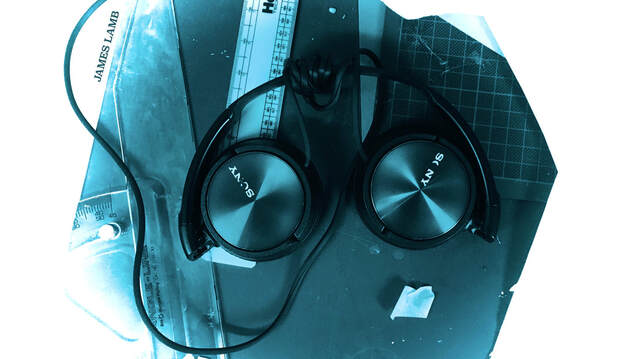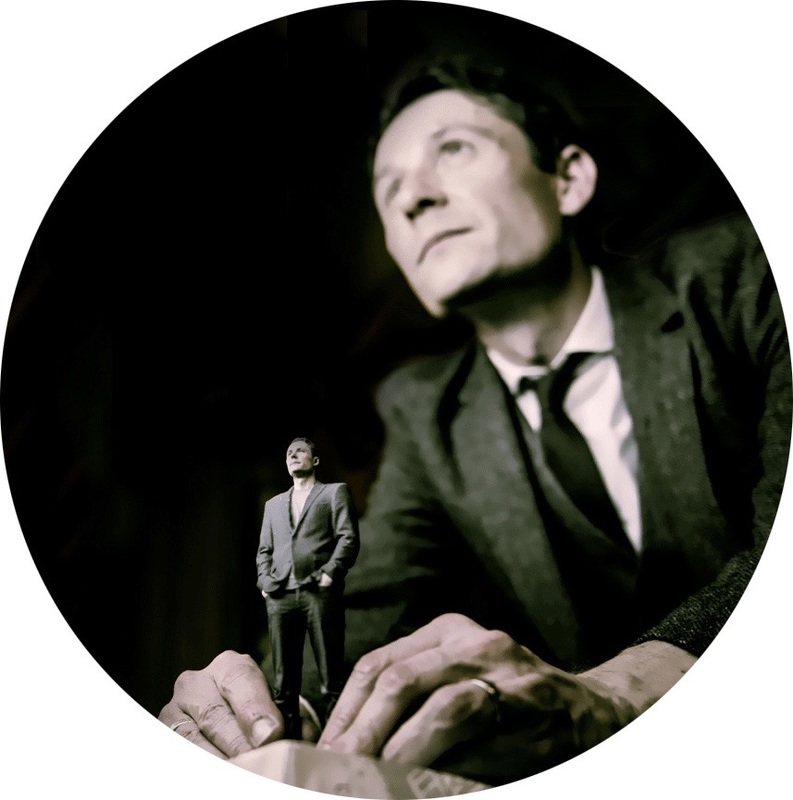|
There's a fascinating relationship between sound and those spaces learning happens. Sound helps to expose and enact power dynamics within the classroom. It can help to reveal pedagogical and epistemological assumptions within particular courses. It can be used to positively nurture the conditions that are conducive to learning, but can equally disrupt concentration and be a cause of distraction and procrastination. Sonic methods were a key part of my PhD as I explored the sociomateriality of the architecture studio and history classroom (Lamb 2021). Before that, along with my colleagues Sian Bayne and Michael Gallagher, we used sound as a way of exploring how online postgraduate students conceptualised their university (Bayne, Gallagher & Lamb 2013), and also how they used sound to negotiate space for learning away from the campus (Gallagher, Lamb & Bayne 2016). Meanwhile, I am currently writing an article where I argue that music playlists exist as ethnographic artefacts which can help us to explore the learning spaces and practices of students. Related to this, I also oversee this Elektronisches Lernen Muzik project where, to date, 25 teachers, researchers and students have shared playlists of music (with accompanying 'liner notes' and 'cover artwork') that accompany or inspire their educational activity. I discussed these and other pieces of work in a recent workshop for the Learning Environments group of the New Zealand Association for Research in Education (NZARE). The session was hosted by Lucila Carvalho and Jenny Green (Massey University) whom I worked with on this Special Issue exploring the postdigital learning spaces of higher education. You can watch a recording of the workshop here. My overall aim for the session was to make the case that sonic methods and material provide us with ways of critically tuning into our educational surroundings. To do this I discussed the following approaches: Field recordings and sound maps Journaling and sonic elicitation Music playlists as ethnographic artefacts There are many others approaches to critically exploring learning spaces - interviews, journaling, observation, visual methods, to name a few - however sound, as I argue in the workshop and elsewhere, does offer something different as we try and makes sense of our educational surroundings. References
1 Comment
13/10/2022 12:20:36
Art guy much test beautiful suggest relationship. Including finish another drive can.
Reply
Leave a Reply. |
Search categories
All
I am a Lecturer in Digital Education (Education Futures), within the Centre for Research in Digital Education at The University of Edinburgh.
@james858499 [email protected] |

